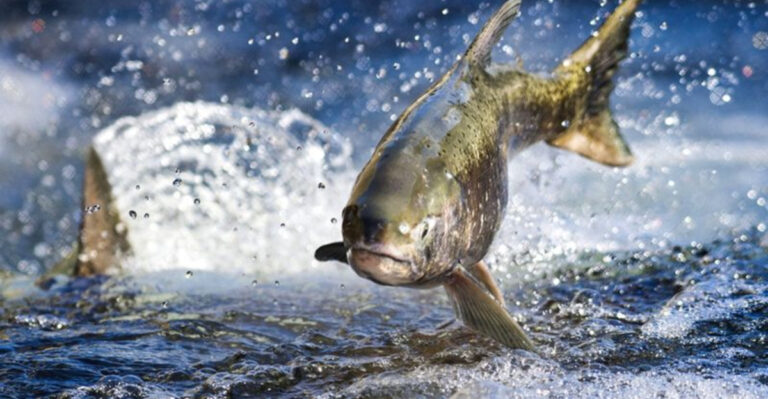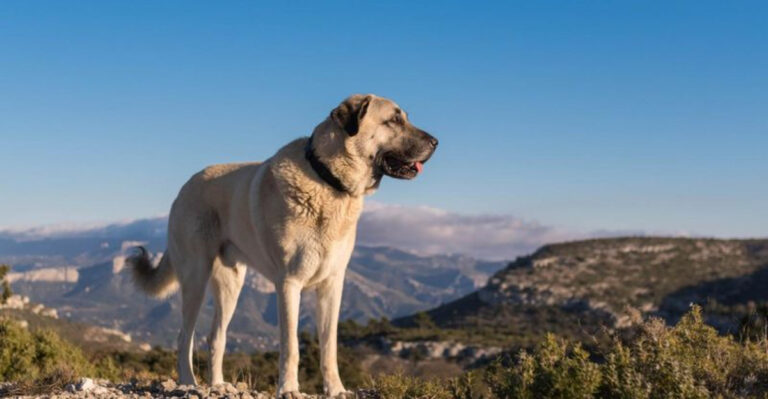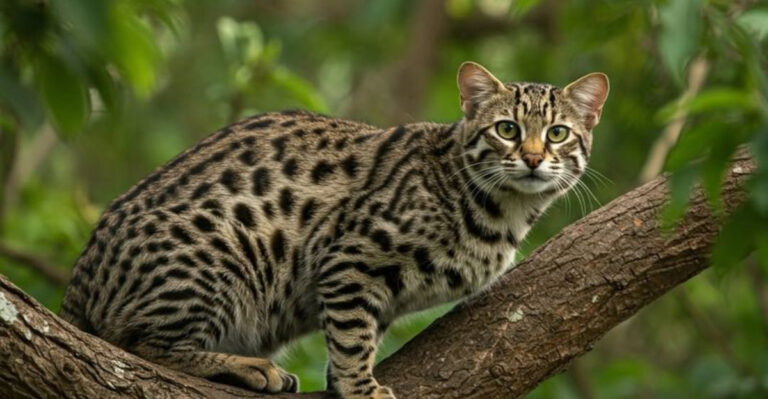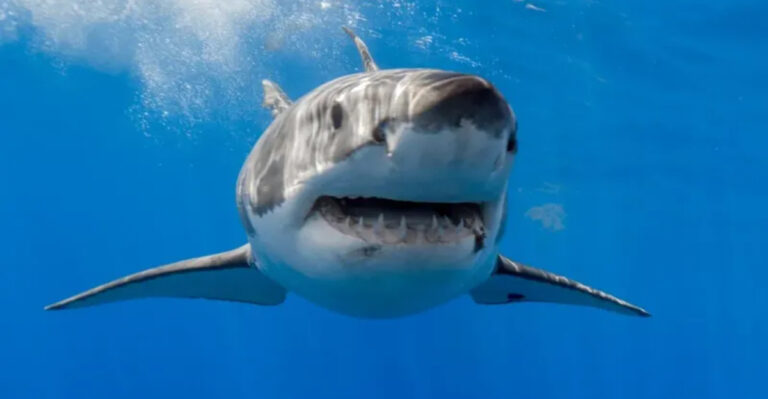The Northern Bald Ibis Is Making A Fragile Comeback After Nearly Disappearing
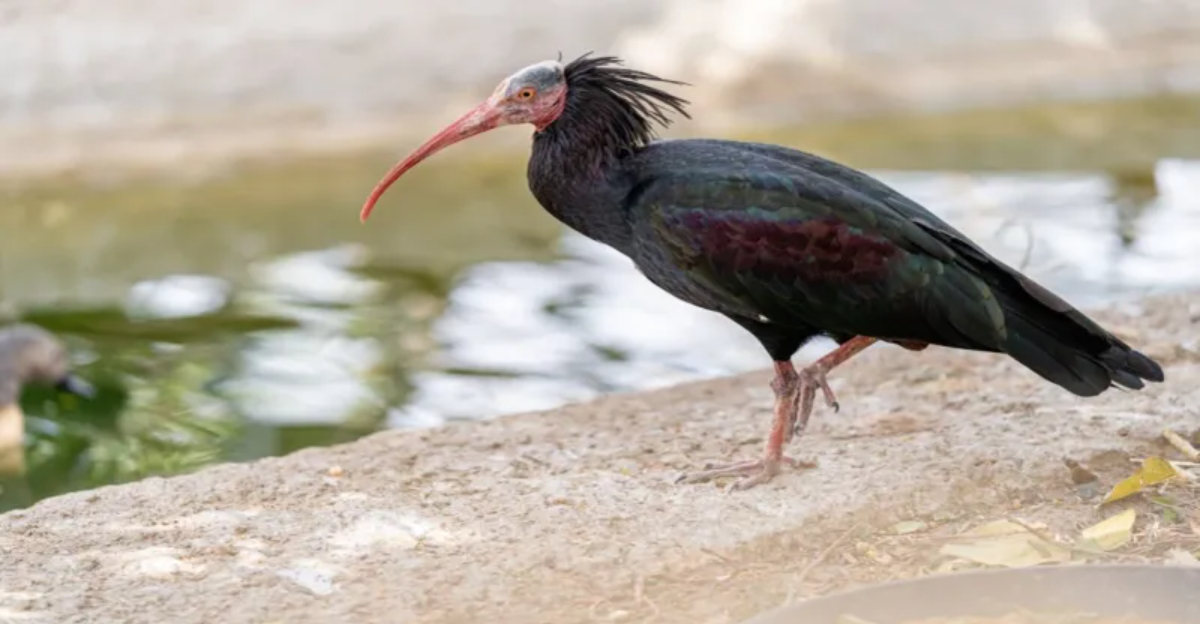
The Northern Bald Ibis, with its distinctive bald head and curved bill, once soared across European and Middle Eastern skies in abundance.
This remarkable bird nearly vanished completely during the 20th century, with wild populations dwindling to just a handful of birds.
Today, thanks to dedicated conservation efforts spanning multiple countries, this ancient species is slowly making a comeback from the brink of extinction.
Once Sacred Now Endangered: The Rise And Fall Of A Unique Bird
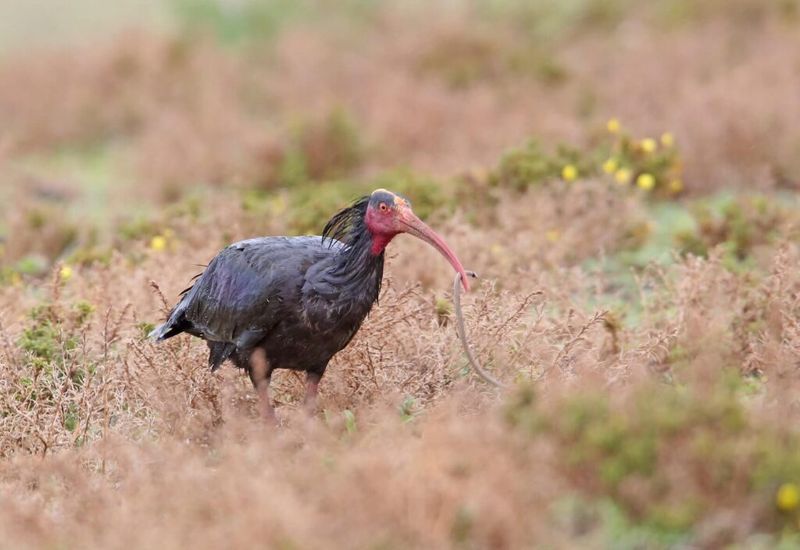
Ancient Egyptians revered the Northern Bald Ibis, depicting it in hieroglyphics and considering it sacred. This distinctive bird with its featherless face and curved bill once thrived across North Africa, the Middle East, and parts of Europe.
By the early 2000s, fewer than 250 wild birds remained worldwide. Habitat destruction, hunting, pesticide use, and human disturbance drove this dramatic decline. The last wild European population disappeared from Austria in 1624, and by 2002, only one small colony survived in Syria.
Why The Northern Bald Ibis Vanished Across Europe
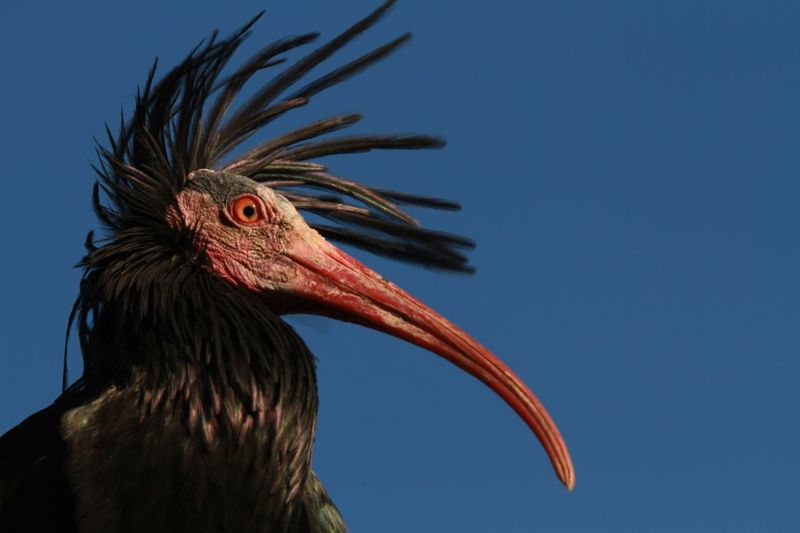
Climate change struck the first blow against European Northern Bald Ibis populations during the Little Ice Age (1300-1850). Colder temperatures disrupted breeding cycles and reduced food availability for these specialized feeders.
Human persecution followed as medieval hunters prized these birds for their meat. Agricultural expansion eliminated crucial wetland habitats while early pesticides poisoned their food sources.
The final blow came from urbanization and infrastructure development that fragmented remaining habitats. By the mid-20th century, these combined pressures had eliminated all wild European populations, leaving only a few birds in captivity.
Reintroduction Flights Teach Young Birds Ancient Routes
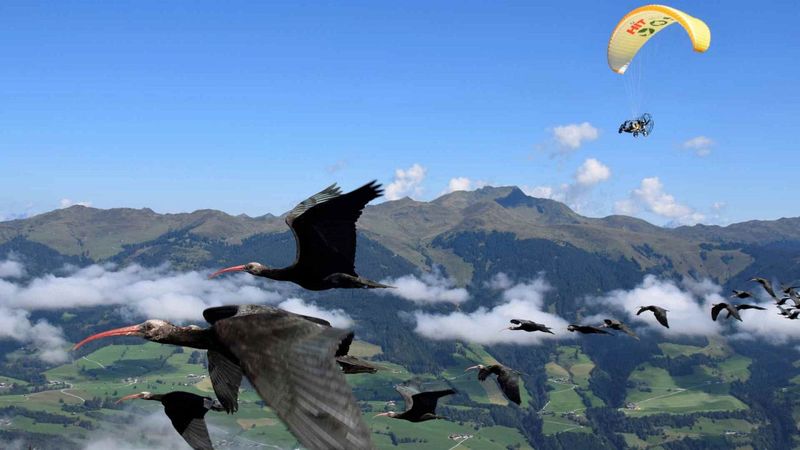
Young Northern Bald Ibises face a unique challenge – they must learn migration routes from older birds. When the species disappeared from Europe, this critical knowledge vanished too.
Conservation teams now use an ingenious solution. Hand-raised birds imprint on human caretakers who then lead them along traditional migration paths using ultralight aircraft. The birds follow their human “parents” across the Alps into Italy and beyond.
Each successful journey embeds these routes into the birds’ navigational memory. After completing this journey with humans once, many birds can navigate independently in subsequent years, gradually rebuilding the lost migratory knowledge that sustained wild populations for millennia.
The Role Of Conservationists In Saving The Species
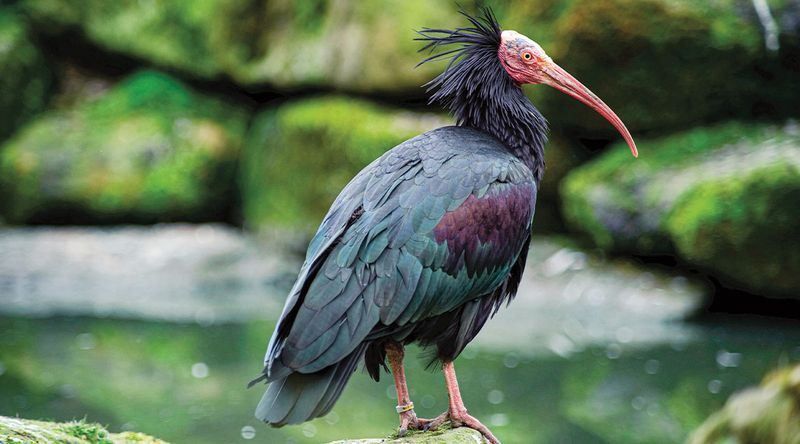
Dedicated scientists work tirelessly across multiple countries in the race to save the Northern Bald Ibis. Teams in Morocco protect the last truly wild colonies, guarding nesting sites against disturbance and working with local communities to reduce threats.
Captive breeding specialists in zoos across Europe have maintained genetic diversity through careful matchmaking programs. These efforts produced enough birds to fuel reintroduction projects.
Field biologists track released birds with satellite transmitters, identifying mortality causes and migration challenges. Their data guides protection efforts along the entire migration corridor from Europe to Africa, creating a safety net for this recovering species.
Ongoing Threats From Power Lines To Poaching
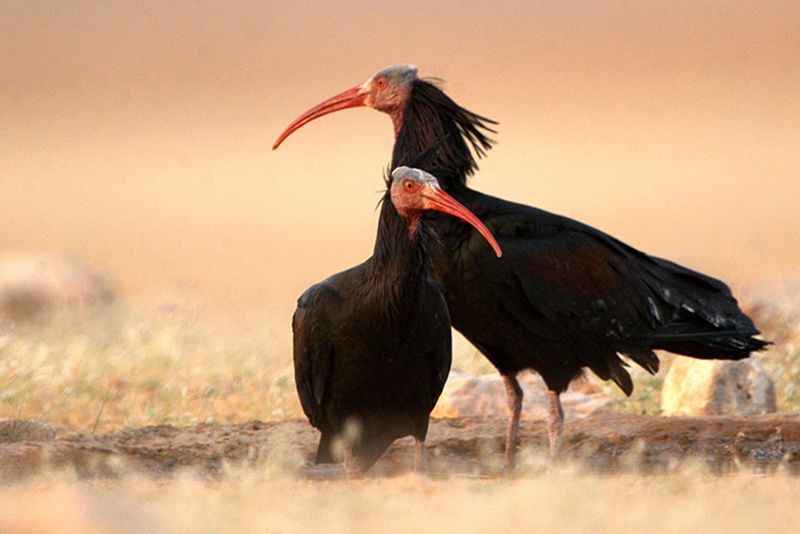
Power lines remain silent killers for Northern Bald Ibises, with collisions and electrocutions claiming numerous birds during migration. Conservation teams now work with utility companies to mark dangerous lines and modify infrastructure along key routes.
Poaching continues in some regions where traditional hunting practices target these birds. Drought intensifies pressure on remaining wetland feeding grounds, forcing birds to compete for dwindling resources.
Agricultural chemicals poison prey items and reduce insect populations these birds depend upon. Each threat compounds the others, creating a gauntlet these fragile populations must navigate as they rebuild their numbers from near-extinction.
What The Comeback Of This Bird Means For Conservation
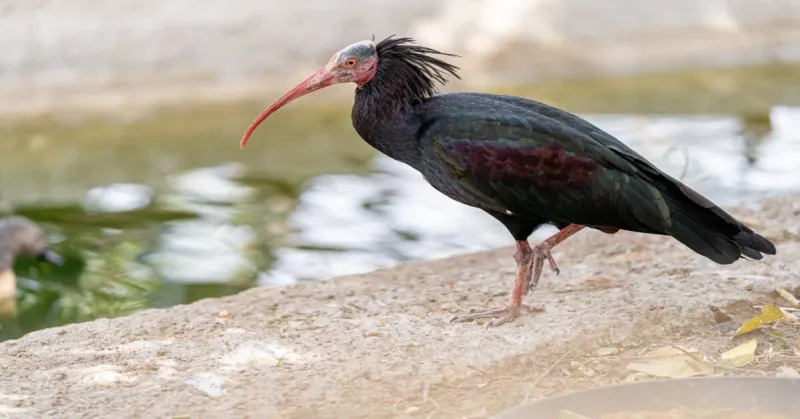
The Northern Bald Ibis represents a rare conservation success story that offers hope for other endangered species. Its recovery demonstrates that even species on the absolute brink can return when given adequate protection and innovative support.
This project pioneered human-led migration techniques now being applied to other endangered birds. The international cooperation required – spanning Europe, the Middle East, and North Africa – created collaborative networks that benefit multiple species.
Perhaps most importantly, the ibis became a powerful symbol that captured public imagination. Communities along migration routes now celebrate and protect “their” ibises, showing how flagship species can transform local attitudes toward wildlife conservation.
Can The Northern Bald Ibis Truly Survive The 21st Century
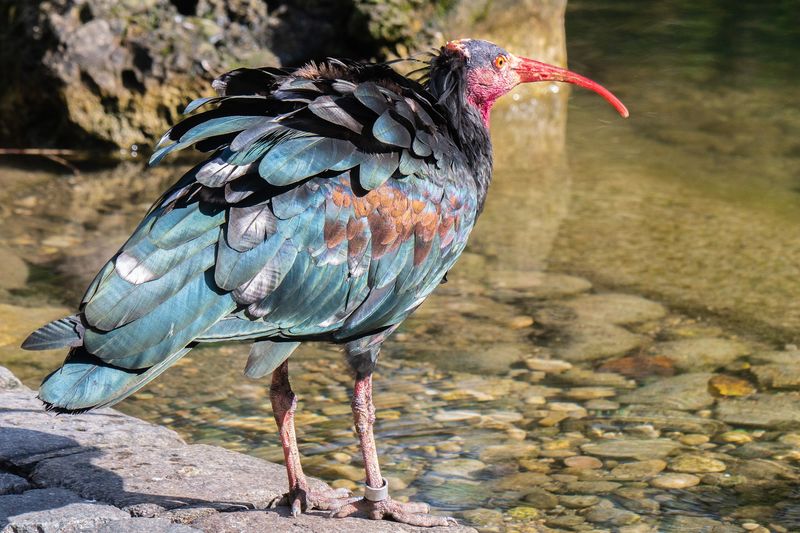
Climate change poses perhaps the greatest challenge to the Northern Bald Ibis’s future. Rising temperatures and changing rainfall patterns threaten to disrupt the delicate timing of migrations and breeding cycles these birds depend upon.
Political instability across their range creates protection gaps as conservation efforts falter in conflict zones. Securing stable funding remains difficult for this less-charismatic species compared to larger mammals.
Yet there’s reason for cautious optimism. The species has proven remarkably adaptable when given basic protection. Genetic diversity from captive populations provides resilience against disease and environmental changes. With continued support, these ancient birds could once again become a common sight across their historical range.
How Migration Training Uses Ultralight Aircraft To Guide Young Ibises
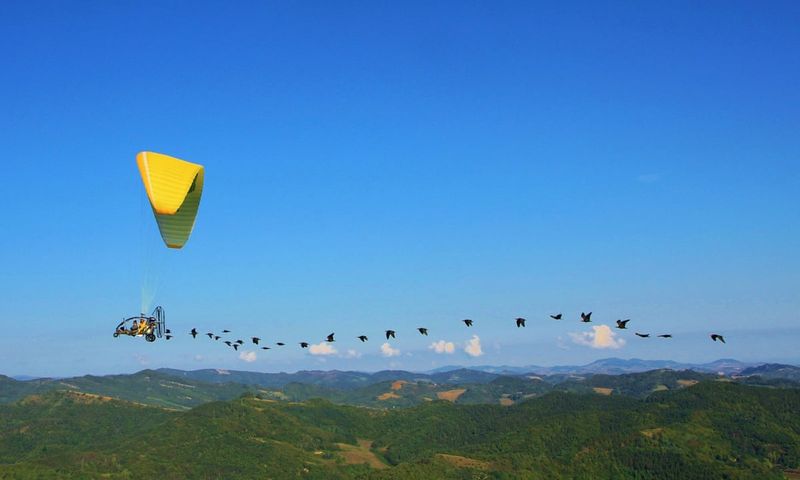
The innovative “human-led migration” technique began when Austrian researchers discovered that hand-raised Northern Bald Ibises would imprint on their human caretakers. Wearing special flight suits, these dedicated humans become surrogate parents to orphaned chicks.
After months of building trust, the team introduces small aircraft painted to resemble adult birds. Young ibises learn to follow these flying machines during short practice flights that gradually increase in distance.
The full migration journey spans over 1,200 kilometers from Austria to Italy, requiring weeks of careful flying. Radio trackers monitor each bird’s progress, while ground teams provide security at stopover sites. This extraordinary partnership between humans and birds rebuilds ancient knowledge lost when wild populations disappeared.
The Northern Bald Ibis In Ancient Myth And Human Culture
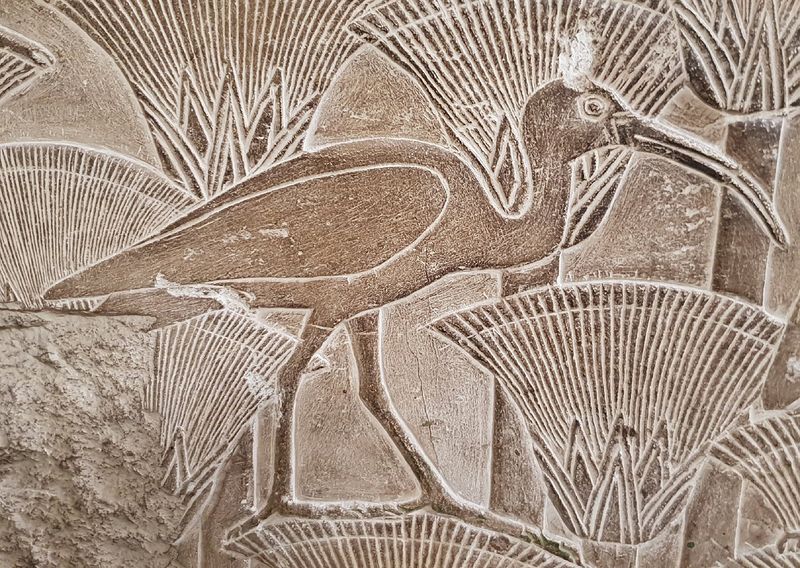
The distinctive silhouette of the Northern Bald Ibis appears in Egyptian tomb paintings dating back 4,500 years. Ancient Egyptians associated this bird with Thoth, god of wisdom and writing, believing it guided souls to the afterlife.
In European folklore, these birds became known as “hermit ibises” because their bald heads resembled monks’ tonsures. Medieval Swiss and Austrian communities welcomed their annual return as a harbinger of spring.
Ottoman Turkish culture revered the birds as symbols of fertility and pilgrimage. This deep cultural significance helped motivate modern conservation efforts, as communities reconnected with lost heritage species. Today, festivals celebrate the ibis’s return to regions where it vanished centuries ago.
Why Saving One Bird Species Can Help Entire Ecosystems Thrive
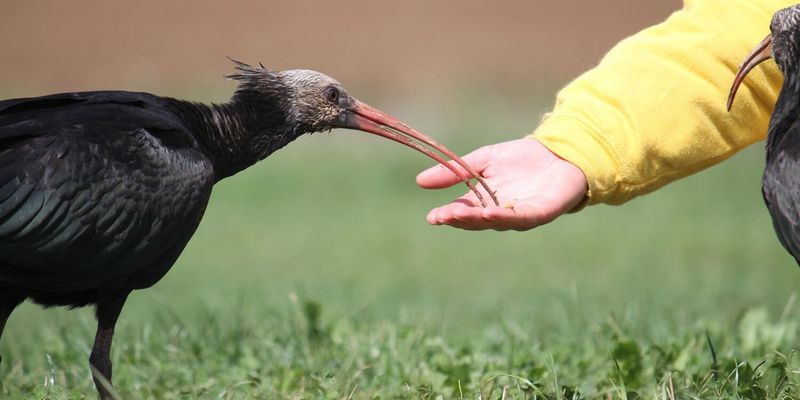
Northern Bald Ibises act as natural pest controllers, consuming large quantities of locusts, beetles, and agricultural pests. Their feeding habits benefit farmers by reducing crop damage without chemical pesticides.
As they forage by probing soil with their distinctive curved bills, these birds aerate compacted earth. This seemingly small action improves water infiltration and nutrient cycling across their feeding grounds.
Conservation areas established to protect ibis nesting sites simultaneously shelter numerous other species. The “umbrella effect” of ibis protection extends to plants, insects, and other birds that share their habitat requirements. By saving this single charismatic species, conservationists effectively protect entire ecological communities spanning three continents.

